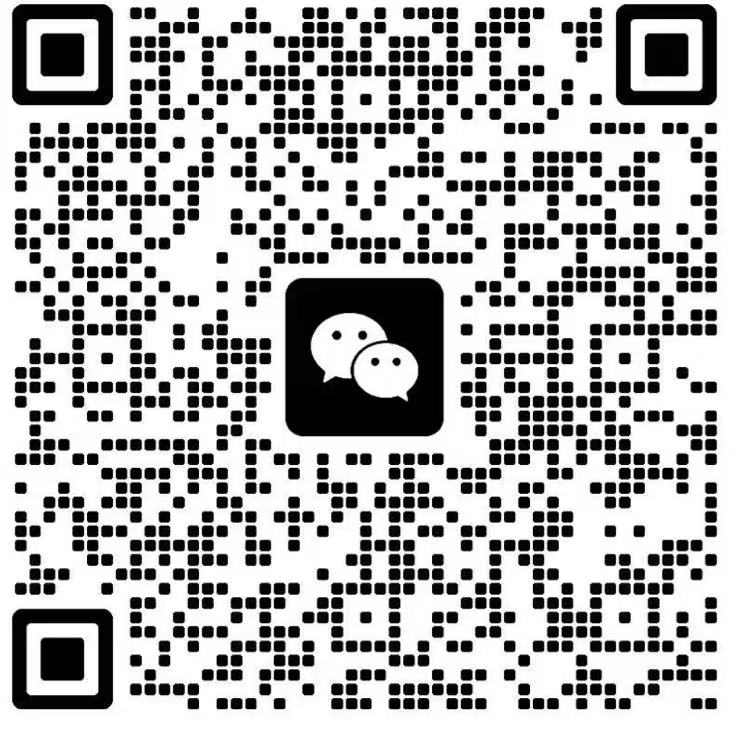重庆大学论文英文摘要技巧
重庆大学自考/成教本科学位论文英文摘要(Abstract)的撰写需同时满足学术规范与语言专业性要求。以下是结合最新评审标准的实用技巧与避坑指南:
一、结构框架与内容要点
四段式黄金结构(建议字数:200-250词)
text复制[1] Research Purpose(研究目的) 开门见山说明研究领域和核心问题,避免空泛表述。 ✦ 正确示例: "This study investigates the impact of generative AI tools (e.g. ChatGPT) on academic writing ethics in Chinese higher education, focusing on plagiarism identification challenges since 2023." [2] Methodology(研究方法) 精确描述方法学特征,包括数据来源、分析工具、样本量等。 ✦ 技巧: • 量化表述: "A dataset of 1,200 student essays (2023-2025) was analyzed using Turnitin's AI detection module and manual coding." • 方法学术语: 实证研究用"quasi-experimental design",质性研究用"grounded theory approach" [3] Key Findings(核心发现) 用数据支撑结论,避免主观表述。 ✦ 高分案例: "Results show 68.5% of AI-assisted writings exhibited 'hybrid plagiarism' (mixing human and AI content), which traditional software failed to detect (accuracy rate ≤42%)." [4] Significance(研究价值) 强调理论创新或实践应用,需具体到领域。 ✦ 模板: "This research provides a taxonomy of AI-aided academic misconduct, offering policymakers a framework for updating plagiarism regulations in the post-ChatGPT era."
时态与语态规范
- 研究背景/目的:一般现在时(如"This paper explores...")
- 方法/结果:一般过去时(如"Data were collected...")
- 结论意义:现在完成时或一般现在时(如"The findings have revealed...")
- 语态:主动语态为主(如"We developed..."),被动语态仅用于强调客观性(如"Samples were selected...")
二、语言优化策略
学术词汇升级
衔接词使用
- 因果逻辑:
"Consequently,..."(非"So")
"This discrepancy may stem from..." - 对比转折:
"Notwithstanding the limitations,..."
"In contrast to prior studies,..." 避免中式英语
- 错误案例:
"This paper uses qualitative research methods to say something about the problem." - 修正版:
"Through thematic analysis of interview transcripts, this study identifies three latent patterns in stakeholders' perceptions."
三、常见雷区与解决方案
四、权威资源推荐
- 语法检查:
- Grammarly Premium (学术模式)
- 重庆大学图书馆提供的Hemingway Editor (简化复杂句式)
- 术语验证:
- 使用Oxford Academic 检索同类论文高频词汇
- 模板参考:
- 下载重庆大学《2025国际期刊摘要范例集》(路径:图书馆官网→学科服务→论文写作)
特别提醒:2025年4月15日起,英文摘要将纳入AI检测范围(使用iThenticate国际版),建议:
- 避免直接使用ChatGPT等工具生成(校内检测系统可识别GPT-4.5特征)
- 如需辅助,建议采用"人工撰写+DeepL Write润色"模式
如需进一步指导,可预约重庆大学外语学院"学术英语工作坊"(每周三下午,A区主教楼1005室)。
本文标签:重庆自考 自考答疑 重庆大学论文英文摘要技巧
转载请注明:文章转载自(http://www.cq-zk.cn/)
⊙小编提示:添加【重庆自考网】招生老师微信,即可了解2023年重庆自考政策资讯、自考报名入口、准考证打印入口、成绩查询时间以及领取历年真题资料、个人专属备考方案等相关信息!

(添加“重庆自考网”招生老师微信,在线咨询报名报考等相关问题)
重庆自考网课程中心
《重庆自考网》免责声明:
(一)由于考试政策等各方面情况的不断调整与变化,本网站所提供的考试信息仅供参考,请以重庆市考试院及院校官方发布公布的正式信息为准。
(二)本站文章内容信息来源出处标注为其他平台的稿件均为转载稿,免费转载出于非商业性学习目的,版权归原作者所有。如您对内容、版权等问题存在异议请与本站联系,我们会及时进行处理解决,联系邮箱:952056566@qq.com。








